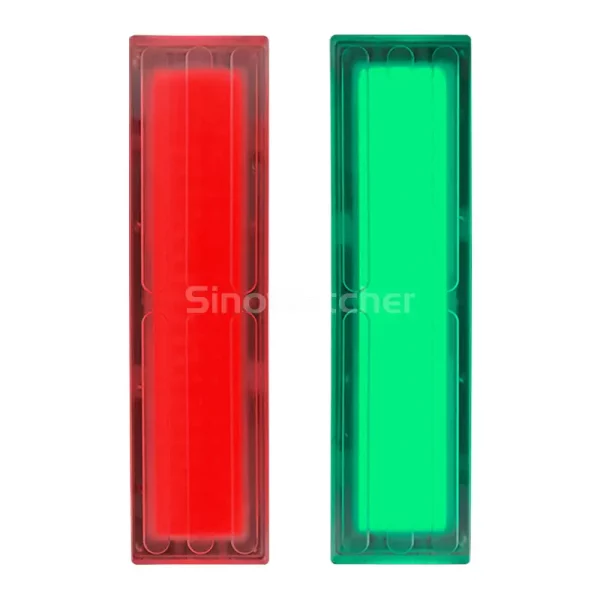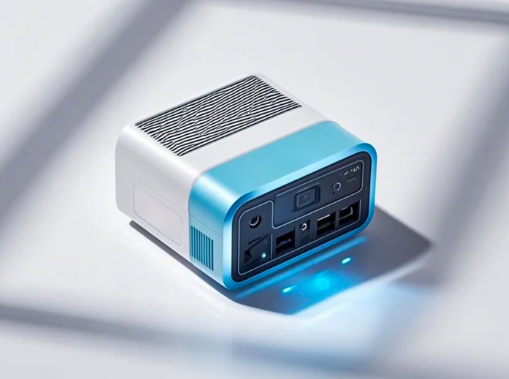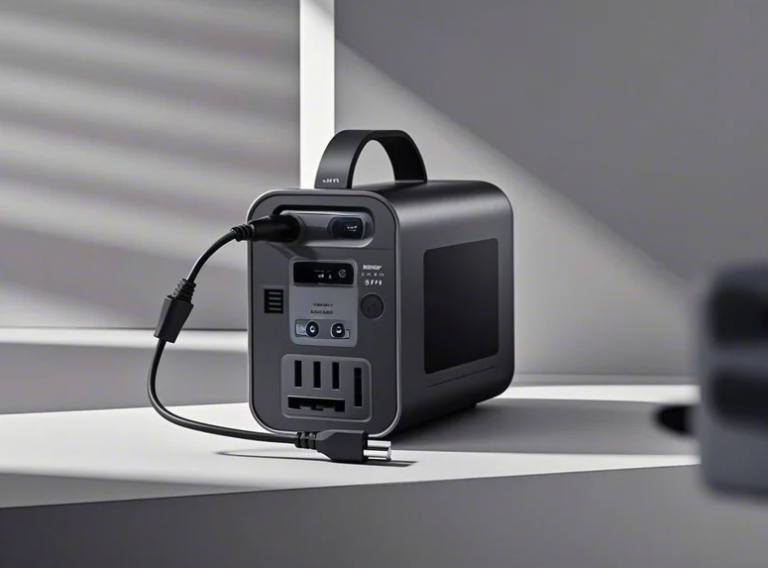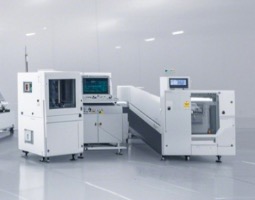Table of Contents
A Port PoE switch, short for Power over Ethernet switch, is an essential device in modern networking. These switches combine data and power delivery over a single Ethernet cable, simplifying the installation of network devices such as IP cameras, wireless access points, and VoIP phones. Let’s delve into how Port PoE switches work, their advantages, and common applications.
How Port PoE Switch Works
Port PoE switches integrate the functionality of traditional network switches with the capability to transmit electrical power. They conform to IEEE standards such as 802.3af and 802.3at, which define the protocols for delivering power over Ethernet cables. When a device, such as an IP camera, is connected to a Port PoE switch, the switch detects whether the device is PoE-compatible and supplies power accordingly. This eliminates the need for separate power cables, reducing cable clutter and simplifying installations.
Advantages of Using Port PoE Switch
- Simplified Installation: One of the main advantages of Port PoE switches is the reduced complexity of network setups. By combining power and data transmission, there is no need for additional power sources or adapters.
- Cost Efficiency: Installing a Port PoE switch can be more cost-effective than traditional methods. It cuts down on the need for electrical wiring and power outlets, leading to lower installation and maintenance costs.
- Flexibility and Scalability: A Port PoE switch allows for greater flexibility in device placement. Since devices do not need to be near power outlets, they can be positioned in optimal locations for performance. Additionally, scaling the network is easier as adding new devices requires just an Ethernet cable.
- Enhanced Safety: These switches have built-in safety features that prevent overloading and ensure that power is only supplied to compatible devices. This reduces the risk of electrical hazards.
Common Applications of Port PoE Switches
Port PoE switches are widely used in various sectors due to their versatility and convenience:
- Surveillance Systems: IP cameras are often installed in locations without easy access to power outlets. Port PoE switch simplify these installations by providing both power and data connectivity through a single cable.
Wireless Networks: Wireless access points can be placed in optimal positions for signal strength and coverage without worrying about power sources. - VoIP Phones: In office environments, VoIP phones connected to a Port PoE switch can be easily relocated without the need for new power connections.
- IoT Devices: The Internet of Things (IoT) ecosystem benefits significantly from Port PoE switches as they provide a streamlined way to power and connect numerous smart devices.
Conclusion
Port PoE switches are a vital component in modern network infrastructure, offering a blend of simplicity, cost-efficiency, and flexibility. By understanding how these devices work and their advantages, businesses and individuals can make informed decisions about integrating Port PoE switches into their network setups. Their widespread applications, from surveillance systems to wireless networks, highlight their importance in creating efficient and scalable network solutions.
0










